A composite component gets indeed rendered as a single component. You want to use a Facelet tag file instead. It gets rendered exactly as whatever its output renders. Here's a kickoff example assuming that you want a 3-column form with a message field in the third column.
Create tag file in /WEB-INF/tags/input.xhtml (or in /META-INF when you want to provide tags in a JAR file which is to be included in /WEB-INF/lib).
<ui:composition
xmlns:c="http://java.sun.com/jsp/jstl/core"
xmlns:f="http://java.sun.com/jsf/core"
xmlns:h="http://java.sun.com/jsf/html"
xmlns:ui="http://java.sun.com/jsf/facelets">
<c:set var="id" value="#{not empty id ? id : (not empty property ? property : action)}" />
<c:set var="required" value="#{not empty required and required}" />
<c:choose>
<c:when test="#{type != 'submit'}">
<h:outputLabel for="#{id}" value="#{label} #{required ? '* ' : ''}" />
</c:when>
<c:otherwise>
<h:panelGroup />
</c:otherwise>
</c:choose>
<c:choose>
<c:when test="#{type == 'text'}">
<h:inputText id="#{id}" value="#{bean[property]}" label="#{label}" required="#{required}">
<f:ajax event="blur" render="#{id}-message" />
</h:inputText>
<h:message id="#{id}-message" for="#{id}" />
</c:when>
<c:when test="#{type == 'password'}">
<h:inputSecret id="#{id}" value="#{bean[property]}" label="#{label}" required="#{required}">
<f:ajax event="blur" render="#{id}-message" />
</h:inputSecret>
<h:message id="#{id}-message" for="#{id}" />
</c:when>
<c:when test="#{type == 'select'}">
<h:selectOneMenu id="#{id}" value="#{bean[property]}" label="#{label}" required="#{required}">
<f:selectItems value="#{options.entrySet()}" var="entry" itemValue="#{entry.key}" itemLabel="#{entry.value}" />
<f:ajax event="change" render="#{id}-message" />
</h:selectOneMenu>
<h:message id="#{id}-message" for="#{id}" />
</c:when>
<c:when test="#{type == 'submit'}">
<h:commandButton id="#{id}" value="#{label}" action="#{bean[action]}" />
<h:message id="#{id}-message" for="#{id}" />
</c:when>
<c:otherwise>
<h:panelGroup />
<h:panelGroup />
</c:otherwise>
</c:choose>
</ui:composition>
Define it in /WEB-INF/example.taglib.xml (or in /META-INF when you want to provide tags in a JAR file which is to be included in /WEB-INF/lib):
<?xml version="1.0" encoding="UTF-8"?>
<facelet-taglib
xmlns="http://java.sun.com/xml/ns/javaee"
xmlns:xsi="http://www.w3.org/2001/XMLSchema-instance"
xsi:schemaLocation="http://java.sun.com/xml/ns/javaee http://java.sun.com/xml/ns/javaee/web-facelettaglibrary_2_0.xsd"
version="2.0">
<namespace>http://example.com/jsf/facelets</namespace>
<tag>
<tag-name>input</tag-name>
<source>tags/input.xhtml</source>
</tag>
</facelet-taglib>
Declare the taglib usage in /WEB-INF/web.xml (this is not needed when the tags are provided by a JAR file which is included in /WEB-INF/lib! JSF will auto-load all *.taglib.xml files from /META-INF).
<context-param>
<param-name>javax.faces.FACELETS_LIBRARIES</param-name>
<param-value>/WEB-INF/example.taglib.xml</param-value>
</context-param>
(multiple taglib files can be separated by semicolon ;)
Finally just declare it in your main page templates.
<!DOCTYPE html>
<html lang="en"
xmlns="http://www.w3.org/1999/xhtml"
xmlns:f="http://java.sun.com/jsf/core"
xmlns:h="http://java.sun.com/jsf/html"
xmlns:ui="http://java.sun.com/jsf/facelets"
xmlns:my="http://example.com/jsf/facelets"
>
<h:head>
<title>Facelet tag file demo</title>
</h:head>
<h:body>
<h:form>
<h:panelGrid columns="3">
<my:input type="text" label="Username" bean="#{bean}" property="username" required="true" />
<my:input type="password" label="Password" bean="#{bean}" property="password" required="true" />
<my:input type="select" label="Country" bean="#{bean}" property="country" options="#{bean.countries}" />
<my:input type="submit" label="Submit" bean="#{bean}" action="submit" />
</h:panelGrid>
</h:form>
</h:body>
</html>
(the #{bean.countries} should return a Map<String, String> with country codes as keys and country names as values)
Screenshot:

Hope this helps.
